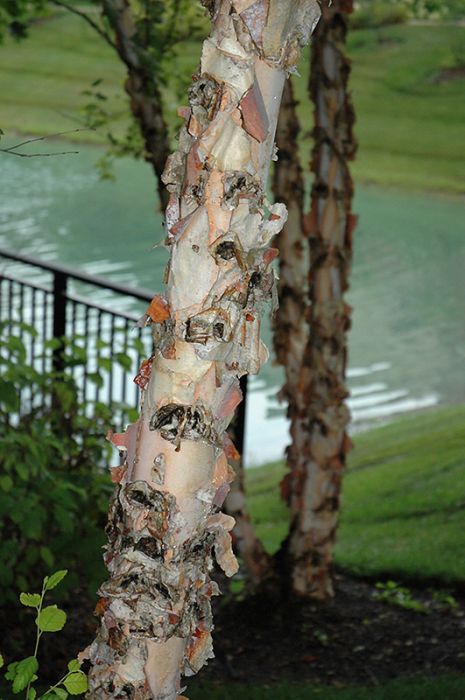Deer and Rabbit Resistant Plants
Deer and rabbits are lovely animals to gaze at from afar but not so lovely as they graze at your garden buffet. Gertens Experts provide a list of plants that they are less likely to eat!




Out of stock
Coming soon, still growingA beautiful landscape tree with rich, reddish brown, exfoliating bark. Resistant to bronze birch borer. Beautiful golden fall color; prefers moist soil.
At Minnesota's Destination Garden Center, we offer a diverse range of trees to suit any landscaping need. Whether you're looking for shade trees to cool your home or ornamental trees to add beauty and interest, you'll find the perfect tree at Gertens. Our knowledgeable staff can help you select the right tree for your space and provide tips for care and maintenance. Visit Gertens today and explore the unmatched variety of trees to enhance your outdoor environment!
River Birch | Betula nigra
Height: 50 feet
Spread: 40 feet
Sunlight: full sun to part shade
Hardiness Zone: 4a
Other Names: Red Birch
Brand: Gertens
Description:
A prize native birch valued for its stunning bark, with white, brown and tan colors all peeling from mature trunks; good fall color; requires acidic soil, susceptible to chlorosis in alkaline soils
Ornamental Features
River Birch features subtle chartreuse catkins in early spring. It has dark green deciduous foliage. The pointy leaves turn an outstanding yellow in the fall. The peeling brown bark is extremely showy and adds significant winter interest.
Landscape Attributes
River Birch is a deciduous tree with a more or less rounded form. Its relatively fine texture sets it apart from other landscape plants with less refined foliage.
This is a high maintenance tree that will require regular care and upkeep, and should only be pruned in summer after the leaves have fully developed, as it may 'bleed' sap if pruned in late winter or early spring. It has no significant negative characteristics.
River Birch is recommended for the following landscape applications;
Planting & Growing
River Birch will grow to be about 50 feet tall at maturity, with a spread of 40 feet. It has a low canopy with a typical clearance of 3 feet from the ground, and should not be planted underneath power lines. It grows at a fast rate, and under ideal conditions can be expected to live for 70 years or more.
This tree does best in full sun to partial shade. It is quite adaptable, prefering to grow in average to wet conditions, and will even tolerate some standing water. It is not particular as to soil type, but has a definite preference for acidic soils, and is subject to chlorosis (yellowing) of the foliage in alkaline soils. It is highly tolerant of urban pollution and will even thrive in inner city environments. Consider applying a thick mulch around the root zone in winter to protect it in exposed locations or colder microclimates. This species is native to parts of North America.
| Gerten Grown Plants | Gerten Grown Plants |
|---|---|
| MN Native Plants | MN Native Plants |
| Tree Type | Shade & Ornamental |
| Sun Preference | Full-Sun, Part-Sun |
| Mature Height (Range) | 25 - 50 feet |
| USDA Hardiness Zone | 4, 5, 6, 7, 8 |
| Common Family Name | Birch |